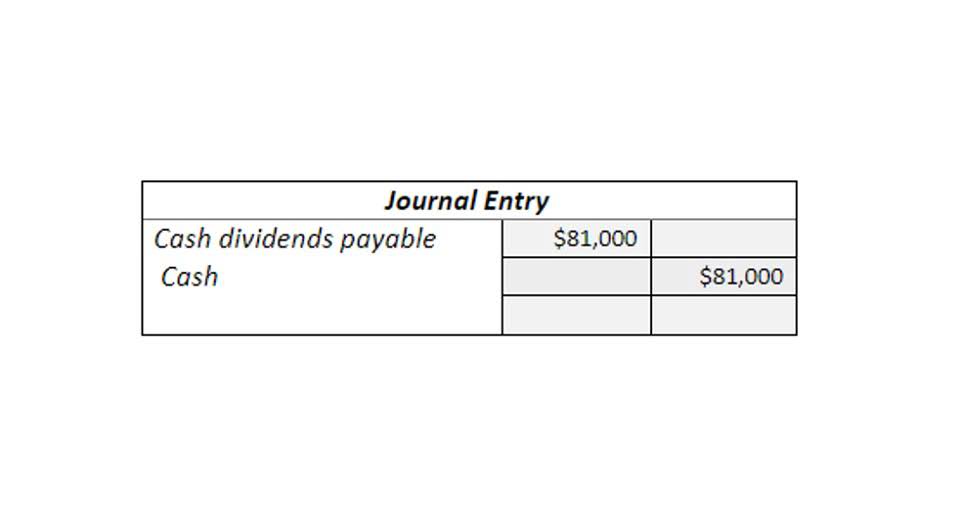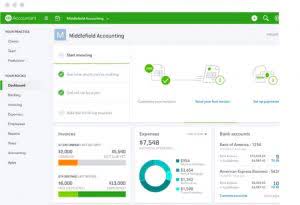Working capital is the amount of current assets left over after subtracting current liabilities. A negative amount indicates that a company may face liquidity challenges and may have to incur debt to pay its bills. Typical current assets that are included in the net working capital calculation are cash, accounts receivable, inventory, and short-term investments. The current liabilities section typically includes accounts payable, accrued expenses and taxes, customer deposits, and other trade debt.
Current Liabilities
Working capital can only be expensed immediately as one-time costs to match the revenue they help generate in the period. What was once a long-term asset, such as real estate or equipment, can suddenly become a current asset when a buyer is lined up. This is an obvious step to change the Net Working Capital of your business. Accordingly, you need to increase your sales team and market your products using various channels. As mentioned above, a shortfall in the Net Working capital can have a negative impact on your business. However, you may assume that taking a loan or using a credit line are the ways by which you can resolve the challenge of the inadequacy of the Net Working Capital.
What Is the Formula for Cash Flow?
Conceptually, the operating cycle is the number of days that it takes between when a company initially puts up cash to get (or make) stuff and getting the cash back out after you sell the stuff. For example, if it takes an appliance retailer 35 days on average to sell inventory and another 28 days on average to collect the cash post-sale, the operating cycle is 63 days. The current assets section is listed in order of liquidity, whereby the most liquid assets are recorded at the top of the section.
Is Negative Working Capital Bad?
As of March 2024, Microsoft (MSFT) reported $147 billion of total current assets, which included cash, cash equivalents, short-term investments, accounts receivable, inventory, and other current assets. Changes in net working capital can have significant implications for a company’s financial health. For example, if a company experiences a positive change, it may have more funds to invest in growth opportunities, repay debt, or distribute to shareholders.
How to Calculate Net Working Capital
The working capital cycle formula is days inventory outstanding (DIO) plus days sales outstanding (DSO), subtracted by days payable outstanding (DPO). Generally speaking, the working capital metric is a form of comparative analysis where a company’s resources with positive economic value are https://www.bookstime.com/ compared to its short-term obligations. Still, it’s important to look at the types of assets and liabilities and the company’s industry and business stage to get a more complete picture of its finances. Most major new projects, like expanding production or entering into new markets, often require an upfront investment, reducing immediate cash flow. Therefore, companies needing extra capital or using working capital inefficiently can boost cash flow by negotiating better terms with suppliers and customers.
Boiled down to its essence, net working capital is a financial ratio describing the difference between an organization’s current assets and current liabilities. It appears on the balance sheet and is used to measure short-term liquidity, or a company’s ability to meet its existing short-term obligations while also covering business operations. Keep in mind that a negative number is worse than a positive one, but it doesn’t necessarily mean that the company is going to go under. It’s just a sign that the short-term liquidity of the business isn’t that good. For example, a positive WC might not really mean much if the company can’t convert its inventory or receivables to cash in a short period of time. Technically, it might have more current assets than current liabilities, but it can’t pay its creditors off in inventory, so it doesn’t matter.
. How to find change in NWC on cash flow statement?
- The reason is that cash and debt are both non-operational and do not directly generate revenue.
- Hence, the company exhibits a negative working capital balance with a relatively limited need for short-term liquidity.
- The NWC metric is often calculated to determine the effect that a company’s operations had on its free cash flow (FCF).
- One nuance to calculating the net working capital (NWC) of a particular company is the minimum cash balance—or required cash—which ties into the working capital peg in the context of mergers and acquisitions (M&A).
- For instance, suppose a company’s accounts receivables (A/R) balance has increased YoY, while its accounts payable (A/P) balance has increased under the same time span.
- Continuing with the example, if you owe $678,000, you will subtract this amount from your $2.158 million, leaving you with $1.48 million.
If you find yourself swimming in extra cash, it’s likely you’re not investing your liquid assets as strategically as you might and are what is change in nwc missing out on opportunities to grow, produce new products, etc. You can calculate working capital by taking the company’s total amount of current assets and subtracting its total amount of current liabilities from that figure. The result is the amount of working capital that the company has at that time. A company with a ratio of less than one is considered risky by investors and creditors because it demonstrates that the company might not be able to cover its debts if needed. Thus, Net Working Capital aims to provide funds to finance your current assets by current liabilities.
How to Find Change in NWC on Cash Flow Statement (CFS)
Forecasting helps estimate how these elements will impact current assets and liabilities. Change in net working capital refers to the differences in the liquidity of the company. As in, it is a measure of if the company will be able to pay off its current liabilities with the assets in hand. • A positive NWC means a company can pay off its debts and invest in growth. Negative NWC suggests https://www.facebook.com/BooksTimeInc/ potential liquidity issues, requiring more external financing.
How to Calculate Working Capital Cycle
Such assets include cash, short-term securities, accounts receivable, and stock. Net Working Capital (NWC) stands as a critical metric for assessing a company’s short-term financial health. Understanding the intricacies of its formula, components, and limitations provides valuable insights into a firm’s liquidity and operational efficiency. Investors use NWC to know whether a company is liquid enough to pay off its short-term liabilities. If you look at current assets and current liabilities, you will find them on the balance sheet.




